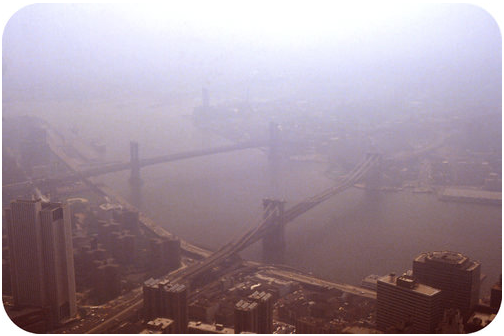2.9: Heterogeneous Mixtures
- Page ID
- 52535
What is the best way to eat a bag of jelly beans? Many people open the bag and eat all the candy, no matter what flavor each piece is. Others pick through the collection. They may say, "I don't like the orange ones." Or maybe they only care for the lemon ones. There are different kinds of jelly beans in the mixture and people will eat what they want and get rid of the rest.
Heterogeneous Mixtures
A heterogeneous mixture is a mixture in which the composition is not uniform throughout the mixture. Vegetable soup is a heterogeneous mixture. Any given spoonful of soup will contain varying amounts of the different vegetables and other components of the soup.
A phase is any part of a sample that has a uniform composition and properties. By definition, a pure substance or a homogeneous mixture consists of a single phase. A heterogeneous mixture consists of two or more phases. When oil and water are combined, they do not mix evenly, but instead form two separate layers. Each of the layers is called a phase.

In the case of vegetable soup, one phase would be the liquid soup itself. This phase has vitamins, minerals, and other components dissolved in the water. This phase would be homogeneous. The carrots, peas, corn, or other vegetables represent other phases of the soup.The various vegetables are not mixed evenly in the soup, but are spread around at random.
There are a large number of heterogeneous mixtures around us. Soil is composed of a variety of substances, and is often of different composition depending on the sample taken. One shovelful may come up with dirt and grass, while the next shovelful could contain an earthworm.
Smog is another example of a heterogeneous mixture. This murky collection of pollutants can be a mixture of water and contaminants from burning gasoline or plastics, mixed with nitric oxide derivatives and ozone. You can see that the smog distribution in the air illustrated below is not evenly spread out, but varies from one part of the atmosphere to another.

Whether the air is clean or smoggy, it's a collection of molecules. See what it's made of in this simulation.
Summary
- A heterogeneous mixture is a mixture in which the composition is not uniform throughout the mixture.
- A phase is a separate layer in a heterogeneous mixture.
Review
Use the link below to answer the following questions:
- Define a heterogeneous mixture.
- Why is vegetable soup a heterogeneous mixture?
- How many phases are in a heterogeneous mixture?

